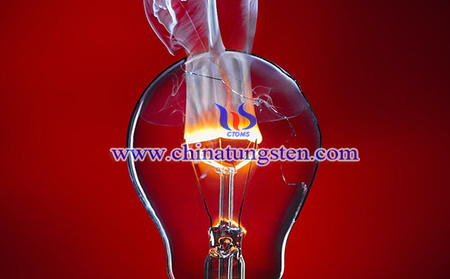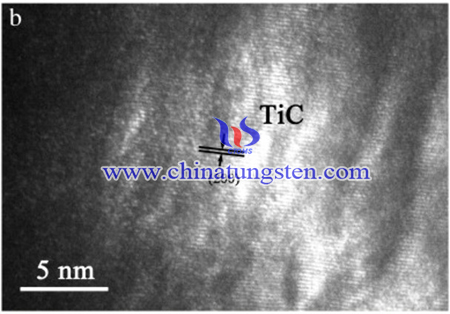W/Tic Nanopowders Fabricated with APT by Wet Chemical Process
- Details
- Category: Tungsten Information
- Published on Tuesday, 06 July 2021 02:19
Tungsten (W) and its alloys present high melting point, good thermal conductivity, high strength at elevated temperatures, low sputtering yield in irradiated environments, and low tritium inventory. One of the common usages of tungsten is as the filament of lamp due to its high melting point. These properties also make W the most promising plasma facing material (PFM) in future fusion reactors. However, W becomes brittle under low-temperatures, high-temperatures, and radiation exposure.
Nanostructured W materials were proposed to improve the performance of W matrix materials for use in fusion reactors. On one hand, nanostructured W materials can be efficiently fabricated by doping W with nanoparticles, such as TiC, La2O3, and Y2O3. In order to enhance the physical properties of tungsten materials, A wet chemical process has been used to prepare W/TiC nanopowders using APT as raw materials.

The powder was prepared from the nanosized second-phase TiC particles (commercial powder, purity 99.9%) and ammonium paratungstate (NH4)10H2W12O42 · XH2O (APT). The ratio of the dopant TiC is 1.0 wt.%, which was calculated by stoichiometry. Oxalic acid (C2H2O4 · 2H2O) acted as the precipitating agent to prepare the precursor. The precursor was precipitated from the mixture solution, which resulted from a reaction that with the concentration of oxalic acid increased which was owing to the solution evaporation at 165 °C. After grinding, the precursor was placed in a tubular furnace with a highly pure hydrogen atmosphere (purity = 99.999%) for reduction. Reduction was performed by increasing the temperature to 200 °C for 30 min to exclude the low sublimation point of the residual inorganic material. Then, a two-step reduction process was carried out by heating to 500 °C for 60 min and then to 800 °C for 60 min, and finally the material was cooled.

The composition of the precursor and the reduced powder was analyzed by X-ray diffraction (XRD, X'Pert PRO, Holland). Field emission scanning electron microscopy (FE-SEM, SU8020, Japan) and transmission electron microscopy (TEM, JEM-2100F, Japan) were used to characterize the precursor and the reduced powder. The corresponding energy dispersive spectroscopy (EDS) was used to assist in verifying these structures. The particle size was confirmed from the FE-SEM images and TEM image.
To sum up, preparing a W/TiC composite powder by wet chemical method, and performed detailed characterization of the sample at each step. We discovered that nanosized TiC particles were initially coated with a W precursor, and then with nanosized W particles through in situ reduction. The obtained powder presented diameters ranging from 30 nm to 100 nm after reduction. In addition, HRTEM images or diffraction ring spectrum verified that the central particle was the TiC phase, and that the surrounding particles were the W phase.
- APT Manufacturer & Supplier, Chinatungsten Online: ammonium-paratungstate.com
- Tungsten News & Prices of China Tungsten Industry Association: www.ctia.com.cn
- Molybdenum News & Price: news.molybdenum.com.cn
- Tel.: 86 592 5129696; Fax: 86 592 5129797; Email: sales@chinatungsten.com



 sales@chinatungsten.com
sales@chinatungsten.com